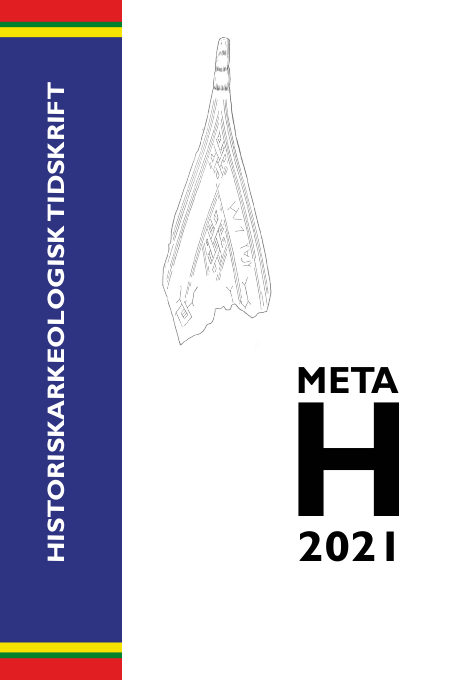Ett ovanligt skidfynd från Låktatjåhkkå- / Loktačohkkaglaciären, Sápmi
– Skidbruk, vallning, <sup>14</sup>C-datering och lipidanalyser
DOI:
https://doi.org/10.59008/meta.vi.10939Abstract
An unusual ski from the Låktatjåhkå / Loktacohkka glacier in Sápmi – Use, wax, 14C and lipid residue analysis: Archaeological skis dated from the Stone Age to today, are not unusual finds in bogs and wetlands. They are found all over Sápmi, from Norway to the Kola peninsula in the Russian federation. Skis are also represented in rock art at different sites in Sápmi and mentioned in written sources; however, skis found at higher altitudes, at glaciers and perennial snow patches, are not as common. In 2018, nine kilometers west of Björkliden, a fragment of a ski was found by the Loktačohkka glacier. The ski fragment was first 14C-dated to the 15th century; however, presence of vax on the fragment presented an interesting problem. A new 14C analysis of the ski fragment, with the wax components removed, now dated the cellulose from the ski to 1645–1916 CE, i.e. the ski could have been used some time from circa 1645 into the first half of the 20th century. This study highlights the importance of regular surveys of melting glaciers and snow patches to retrieve organic material melting out, as well as the importance of investigating what components wood could have been impregnated with.







